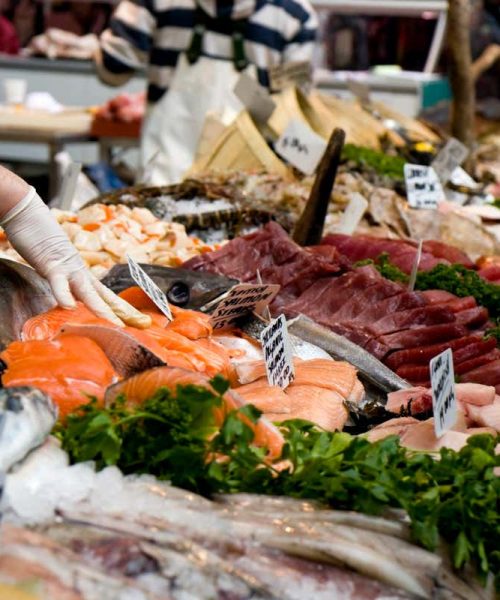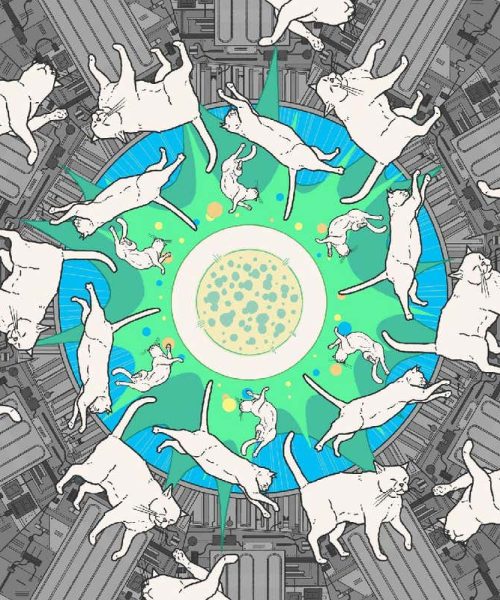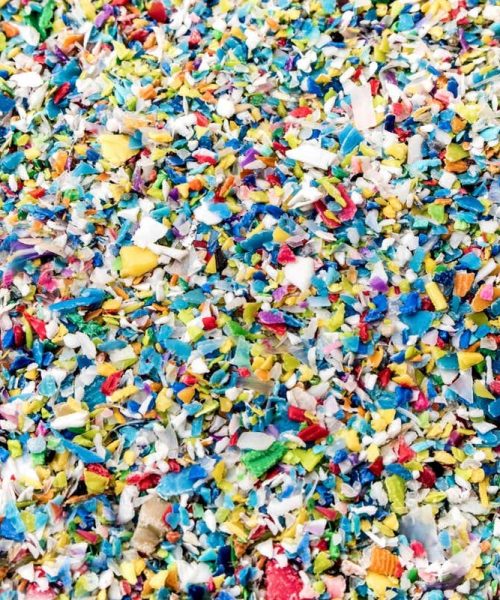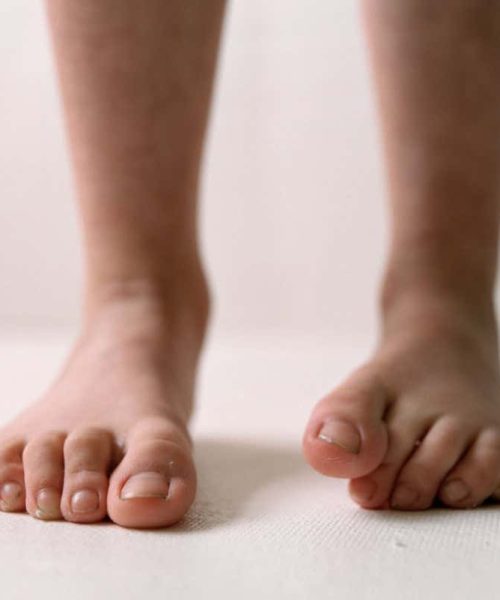
Industrial waste water flows into an estuary
Robert Brook/Corbis/Getty Images
I AM leaning over a small river in the beautiful village of St Agnes in Cornwall, UK, watching clear water babble through a grate and into a concrete conduit under the road. The grate is there to catch debris that might otherwise clog the waterway and prevent fish from swimming freely, says Josie Purcell at the Westcountry Rivers Trust, an environmental charity. It is clearly doing its job. There are a few sticks, some vegetation – and a crisp packet.
Downstream is the Peterville pumping station. This is supposed to help clean the water before it flows into the magnificent Trevaunance cove, a magnet for beach-goers, swimmers and surfers. The station also deals with sewage from the village. But sometimes it gets overwhelmed by heavy rain and lets untreated water gush onto the beach and into the sea. Last October, activist group Surfers Against Sewage issued a sewage warning for the cove after a section of the sea turned brown. Nonsense, said local water and sewerage company South West Water. It was just mud washed from the fields after heavy rain. Nonetheless, according to official figures, the Peterville station was responsible for 32 overspills of varying volume into the cove in 2021, totalling more than 166 hours.
These problems are a microcosm of those afflicting rivers and streams across the UK: rubbish, pollution, sewage, agricultural runoff, barriers to the movement of fish, other forms of river engineering and an ineffective waste-water system. “There are major problems facing our rivers, and they are extensive,” says …





